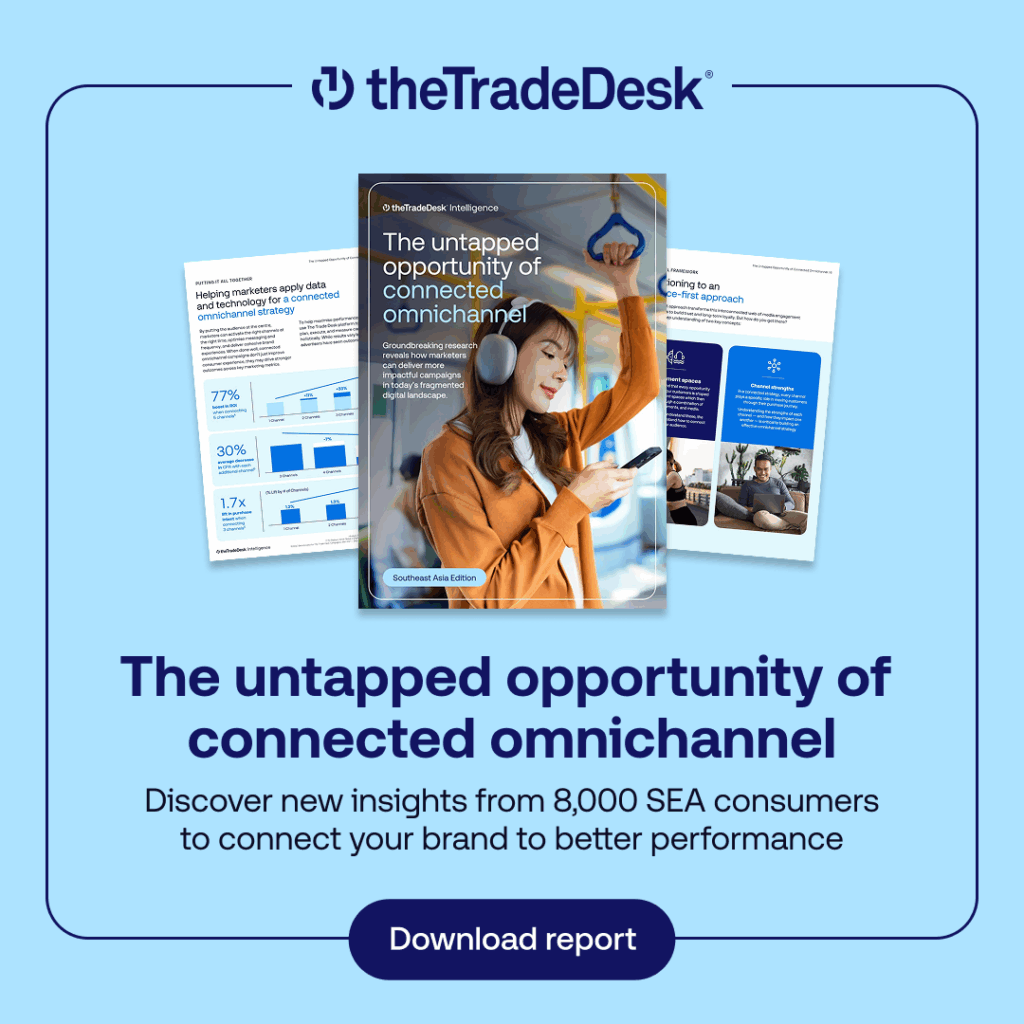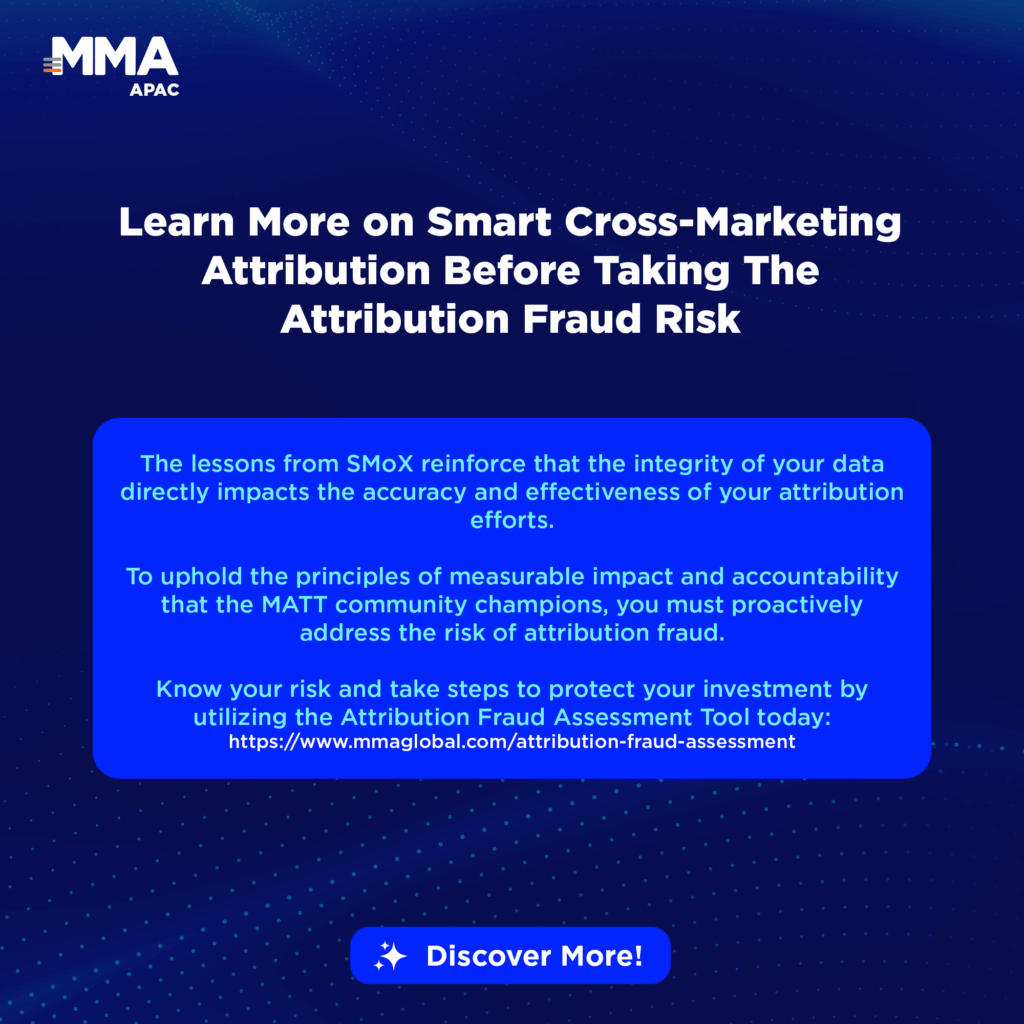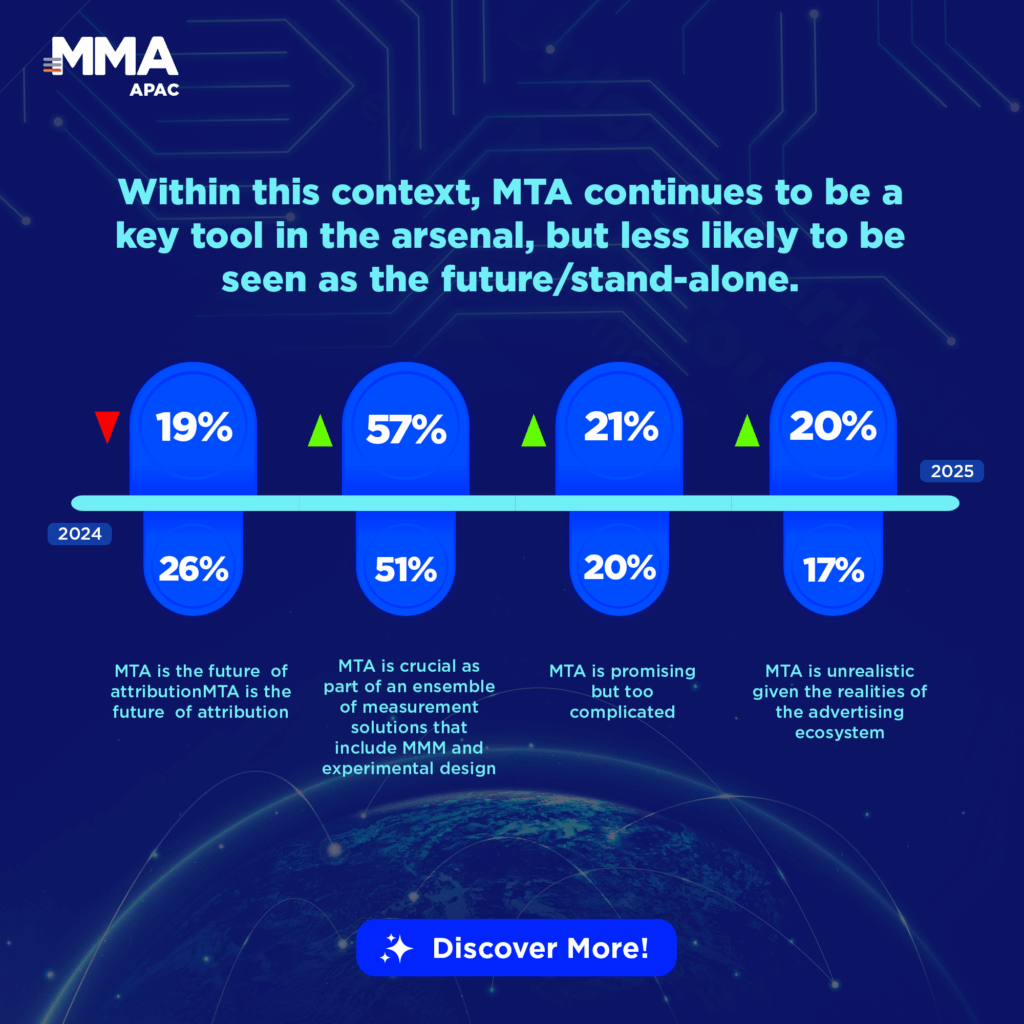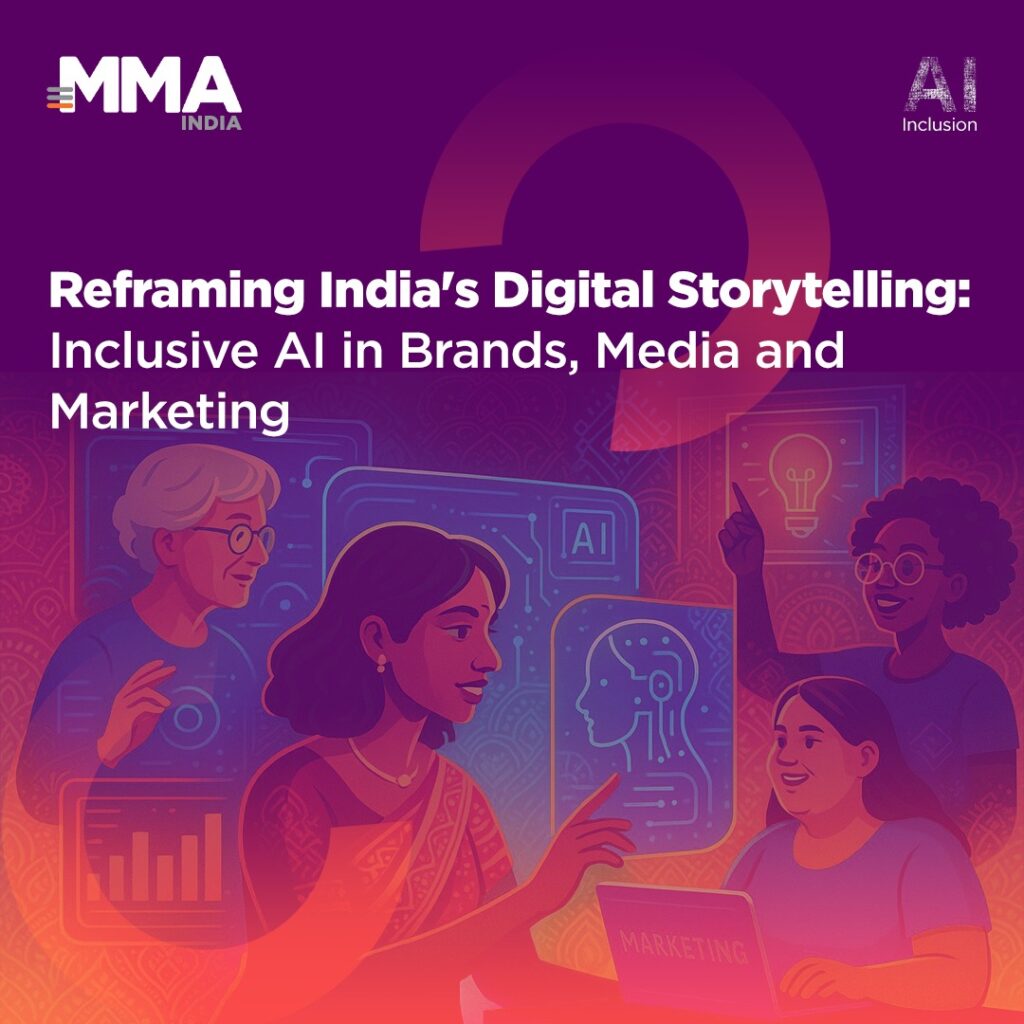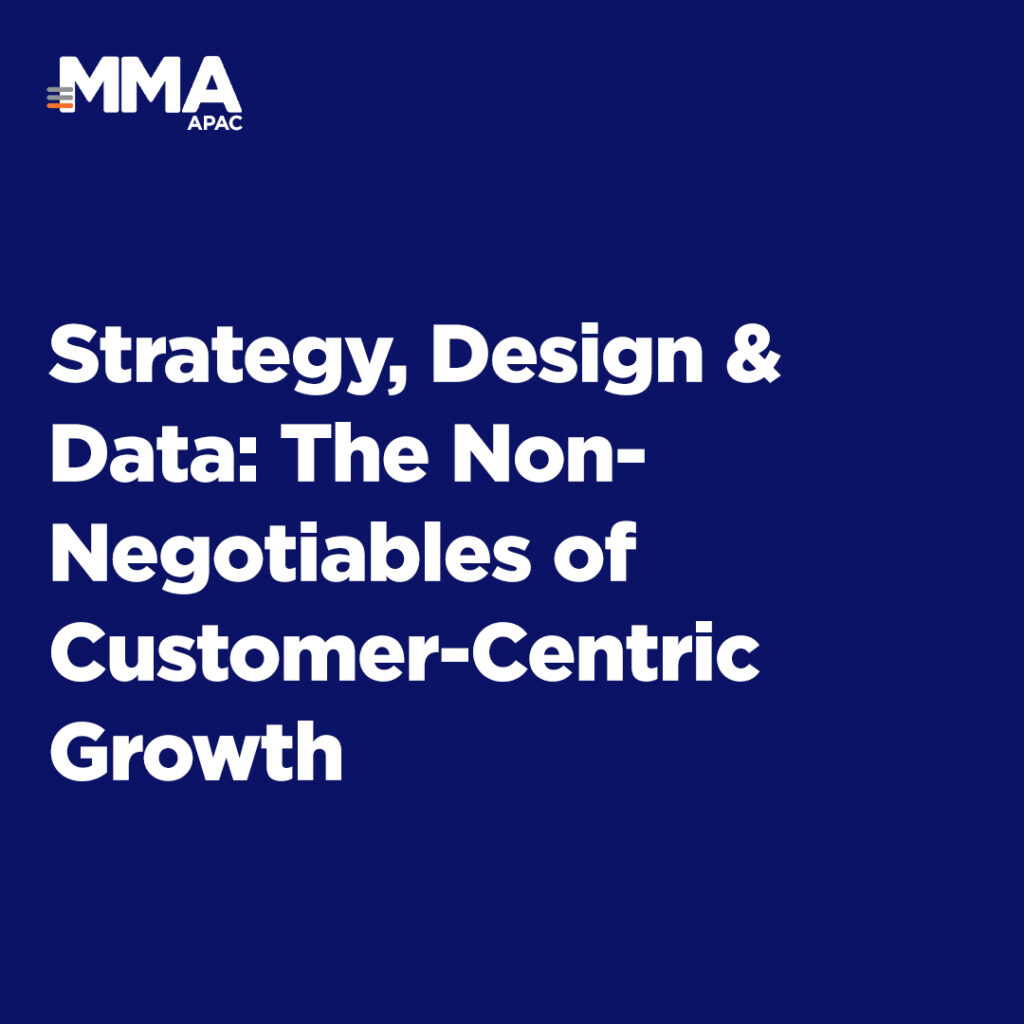
Today’s world is all about instant connections and people expect nothing less – even when it comes to the ads they see. Given that digital content is sprawling across multiple platforms, reaching the right people with ads that are relevant to them has become increasingly complex.
This condensed report sheds light on the current state of online advertising and provides guidance for brands that want to lead the pack with an advertising strategy that places consumers at the heart of their media strategies.
There are two primary approaches in programmatic advertising.
Conventional programmatic
Advertisers begin by selecting the media outlet (publisher) or social media platform they want to advertise in. In this arrangement, advertisers negotiate directly with media owners, reaching an upfront agreement on a fixed price for a specific number of ad impressions on the selected platform.
- Media-centric approach
- Also known as programmatic guaranteed (PG)
Modern programmatic
Advertisers first define the target audience for their ads. Ads are then bought in real time through an automated, open-market bidding process. This approach can help advertisers to decide in real time which ad spots to buy and at what price, to reach their target audience across the open internet.
- Audience-centric approach
- Also known as open-market bidding or decisioned media buying
Key Findings
- Media fragmentation can fuel growth for audience-centric advertising.
- Many advertisers are seeking greater agility and cross-channel measurement capabilities.
- Scale of the open internet prioritised the convenience of walled gardens.
How Can You Approach Modern Programmatic Advertising?
Finding I
New media channels have created a complex patchwork of digital platforms. How will brands convey their messages effectively? Experts in advertising point us to audience-led programmatic advertising.
Consumers are spreading their time across the vast open internet, with a preference for premium content on ad-supported streaming platforms. The idea of a single platform being the go-to source for reaching your audience is rapidly fading. People spend over half of their online time beyond search and social media networks [1]. Today, we switch between watching our favourite shows on our smartphones or CTV, listening to music and battling it out in online games.
While our habits have forever changed, advertising budgets have not caught up. Only 15% of India’s advertising spend is funneled into the open internet, indicating a significant untapped opportunity for brands looking to connect with audiences where they spend their time.
Embracing The Opportunity in Fragmentation
With today’s incredible diversity of content, sticking to PG – the conventional way of securing ad spots upfront with select media outlets or social media platforms – is no longer sufficient.
And the media landscape is not getting any less complex. The smart move is to embrace change and do it quickly.
With audience-led programmatic advertising, brands can turn fragmentation into opportunities for connection, conversation, and conversion.
Real-World Scenario
A consumer packaged goods brand promoting their new energy drink can employ an audience-led targeting approach to enhance ad relevance to reach sports enthusiasts who will most likely convert:
- Targeting users ages 25 to 44, working professionals and residents of select cities
- Identifying frequent gym goers and users of fitness apps
- Reaching purchasers of fitness equipment and health beverages
- Engaging consumers who bought other energy drinks
- Leveraging first-party data through lookalike modelling to reach audiences resembling their current customers

Source: The Trade Desk Intelligence
Finding II
Advertisers are starting to step out of their comfort zones, shifting their focus from the convenience of search and social media to the fast-growing open internet. Many advertisers are also seeking greater agility and cross-channel measurement capabilities across their Digital Marketing Strategy.
Audience-led programmatic advertising expands access to online inventory that is beyond the reach of walled gardens. Large-scale campaigns that once took enormous effort to coordinate can now be rolled out rapidly.
Savvy advertisers are already moving away from conventional direct programmatic deals toward modern programmatic advertising, where they have the freedom to tap into the much larger and more diverse ad inventory that the open internet offers. By leveraging every data point to determine the value of each ad impression, advertisers are ultimately purchasing only those impressions that reach their target audience. In doing so, brands can achieve more effective business outcomes through better precision and targeting.
Moreover, advertising leaders are speaking out on the importance of having a panoramic and real-time view of ad performance across all the channels they invest in. Modern programmatic, an advancement from the conventional PG approach, empowers brands to assess and compare ad performance across different channels on the open internet such as news/websites, music streaming, OTT/CTV and online gaming. Advertisers can also swiftly adjust campaigns almost instantly by leveraging real-time data-driven insights derived from how their target audience is responding to the ads. In this way, advertisers can allocate budgets in a more effective manner for optimal outcomes.
The Open Internet
The open internet is not controlled by any individual, business, or government body. It refers to online media properties (websites, platforms and apps) across gaming, news, blogs, music and OTT/CTV.
Walled Gardens
Walled gardens are closed ecosystems that are controlled by a few tech giants. They own the content and media and have full control of the technology used to target, place and measure ads. These include Google, YouTube, Facebook, Instagram, etc.
The Driving Forces of Modern Programmatic
As the winds of change sweep across the programmatic landscape, advertising leaders predict three key drivers for the rapid adoption of audience-led programmatic advertising.
New and Premium Inventory To Spur Programmatic Momentum
Advertising leaders are increasingly excited as new media types, such as CTV, digital out-of-home and retail media, integrate into the programmatic landscape.
Anticipation is also mounting for the inclusion of highly sought-after premium inventory, such as live sports and digital billboards. This new ad inventory can provide advertisers with unmatched accuracy in connecting with diverse audiences.
Quality data: The Cornerstone of Modern Programmatic Advertising
Today, advertisers have a treasure trove of data at their disposal – from leveraging their very own first-party data to utilising top-quality data marketplaces. By harnessing these resources, brands can discover new potential customers and reconnect with existing ones in more meaningful ways, which can ultimately help boost media ROI.
AI Advancements To Catalyse Programmatic Innovation
The integration of AI into Digital Marketing Strategy has granted advertisers insights and capabilities once unimaginable. Brands that embrace these advancements will gain a
competitive edge, benefiting from agility and deeper analytical acumen. Whether it is through real-time bidding precision, dynamic ad creation, or predictive analytics for audience behaviours, the relentless progress of AI promises a continuous stream of new innovations that will only entice more brands to pivot towards audience-led programmatic advertising.

Source:The Trade Desk Intelligence
Recommendations to Get Started
With the proper mindset, strategy and technology, advertisers can harness audience-led, modern programmatic advertising for more efficient, wide-reaching and targeted campaigns.
Here’s advice from industry experts on how you can embark on your journey.
Define your objectives
Clearly outline your goals, KPIs and realistic timelines for assessing the performance of audience-led programmatic strategies.
Upskill digital teams
Training team members is essential to harness the full potential of your chosen audience-led programmatic advertising platform.
Create a custom playbook
Develop a playbook with the dos and don’ts of data-led programmatic advertising, shaped by your specific objectives, to garner further advocacy and adoption across your organization.
Cultivate advocacy
Identify internal champions to nurture belief in the benefits of audience-led programmatic advertising to spearhead adoption.











